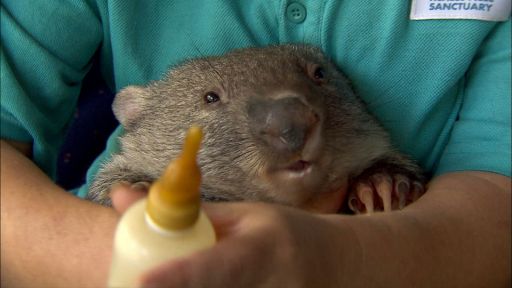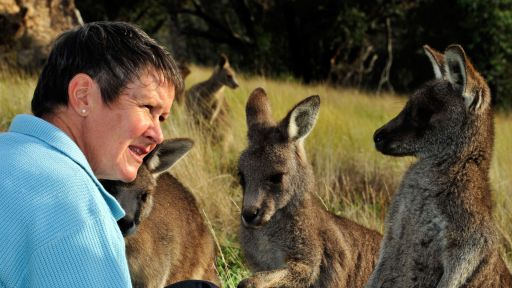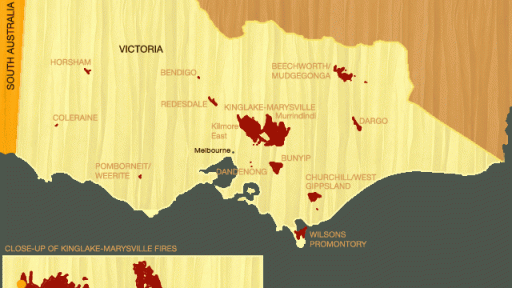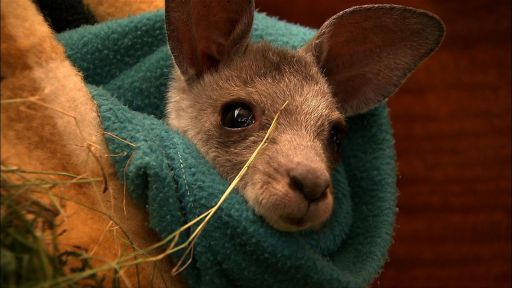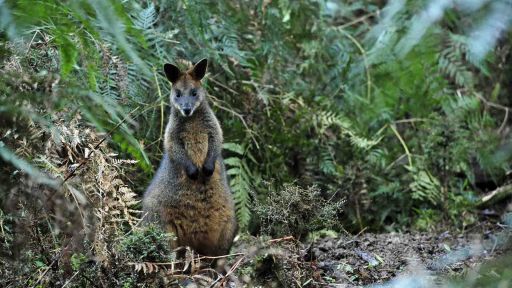
Class: Mammalia
Order: Monotremata
Family: Tachyglossidae
Genus (2): Tachyglossus (short-beaked), Zaglossus (long-beaked)
Species: Tachyglossus aculeatus (Short-Beaked Echidna), Zaglossus attenboroughi (Sir David’s Long-beaked Echidna), Zaglossus bartoni (Eastern long-beaked echidna), Zaglossus bruijnii (Western long-beaked echidna)
Diet: Echidnas feed primarily on worms, termites, ants, and other insects.
Size: The body of an echidna ranges from 35-50 centimeters (13.8-19.7 inches) in length with a tail of 10 cm (3.9 in) and weighs 2-7 kg (4.4-15.4 lbs).
Habitat and Geography: Short-beaked echidnas live in Tasmania and the lowlands of New Guinea and can live in variety of habitats: rainforest, grassland, and desert. Long-beaked echidnas live almost exclusively in high altitude alpine meadows and humid mountain forests in the New Guinea highlands.
Lifespan: Unknown, but has been recorded as up to 50 years in zoos
Additional Facts:
- Echidnas are one of two known monotremes (egg-laying mammals that produce milk for their young) in the world, the other being the duck-billed platypus, which is also native to Australia.
- The echidna is sometimes called by the nickname “spiny anteater.”
- Echidnas have long, sticky tongues which help them to capture insects, which they search for under bark.
- An echidna’s “spines” are actually hollow, modified hairs.
- Echidnas are able diggers, equipped with long, rear-facing claws.
- A female echidna lays a single egg in her pouch, which hatches in 10 days. The baby – called a puggle – says in the pouch for an average of another 4 to 5 weeks.

